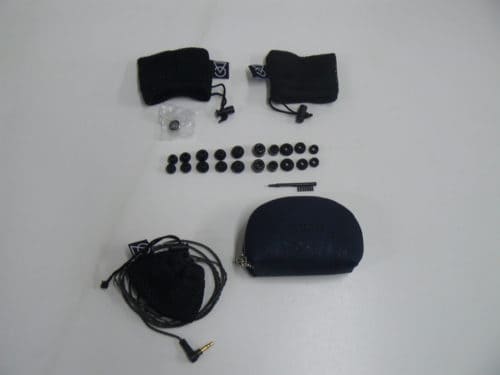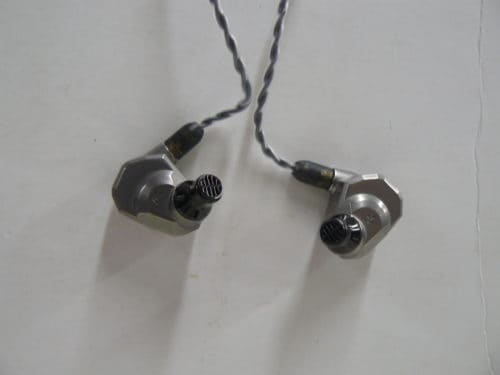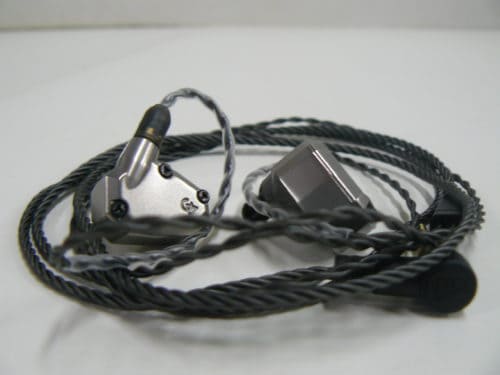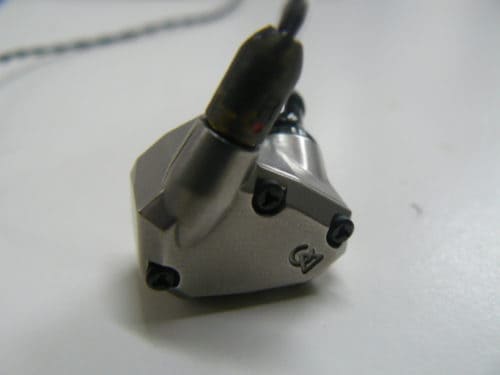Oh, boy, do I love Campfire Audio. I’ve listened to almost every earphone they’ve put out so far, and not a single one of them has been disappointing. Each model has the vigorous of strengths, with barley any caveats. A dominant brand that uses top of the line parts and innovative designs to bring you only the most quality IEM sound signature. Is the Ara another win for Campfire Audio, or have they succumbed to the pressure of hype and deliver something rather underwhelming? Probably not, but let’s talk about the Aras anyway.
The Ara is the latest original line of IEMs from Campfire, joining the likes of the Solaris, and Andromeda as only the most prestigious of earphones. If you’ve been listening to those models you’d know that they both present their own unique timbres and soundstages, and the Ara is no different in that regard. Let us see what makes The Ara stand out from the crowd.

What You Get
It’s your standard Campfire Audio fare. They play it pretty straightforward, this isn’t a wireless earbud with a thousand different parts. Every Campfire box contains most of the same materials and accessories. The Aras themselves come in Campfire’s handy dandy carrying pouch that, just like the Andromeda 2020 design, comes in an environmentally friendly cork case dyed in blue. Like their more recent products, Campfire is practically giving away ear tips. With the Ara, you get five different sizes from Final Audio, three from Campfire, as well as an extra set of silicone tips in three sizes. Other accessories include a cleaning tool and a lapel logo pin.

Look and Feel
Minus the amber finish of the Andromeda, the Ara almost has the same exact aesthetic, and they look the most alike out of Campfire’s other models. The Ara is instead has a silver finish, and kind of looks as though the Andromeda never received a coat of paint. Other than that they feature the same three bolts as the Andromeda, and are roughly the same size. The titanium shell is a nice touch though, and it’s an element that’ll affect the sound in part. Like Andromeda’s angular design, the Ara fit snug within your ear and sustains comfortability without any significant fatigue. They’re sturdy and wrap around your ears with ease.

Design
Underneath the titanium shell, the Aras boast some interesting components. Campfire utilizes a seven balanced armature design, two drivers for highs, one for mids, and four for lows. That’s a heck of a lot of drivers for your low-end right? This must be a pretty bass-heavy earphone. Campfire combats this notion by using its own housing design to control the bass response. Its solid titanium body is meant to restrict the bass from being overbearing and gives the chance for the mids and highs to make their mark. I’d also like to mention the stock cable, which is a Litz cable, silver-plated, and made of Beryllium copper with a 3.5mm connector. The Ara also features a new PVD black stainless steel spout with the same grill pattern introduced in the Andromeda 2020s.

Output
The Ara boasts a frequency response of 10Hz-28kHz with a sound pressure level of 94dBSPL. They’ll run 85 Ohms at 1kHz of impedance, more than enough for your smartphone, computer, or DAP. In fact be careful what level you crank these guys to, as they’re very sensitive, and push out a lot of power.
Soundstage
The Soundstage on the Aras has a persistent IEM presence that doesn’t do anything out of the ordinary but is still satisfying. Spatial imaging stays intact, and instrumentations have a respectable amount of separation. Strings float in their positions, as well as vocals, and other spacious sound elements pitter and patter about in your head. I didn’t feel any significant air between spaces, but the layering here is top-notch and the control is even better. Some sounds come right up to the edge of the shell and leave room to leak beyond them into the air. Overall pleasant and responsive to dynamics.
Low End
I would describe this low end as natural and dynamic. The bass tones do a great job reproducing the signal with smooth textures and neutral tonality. Bass guitars have solid definition and synthetic beats appear thick and punchy. Low mids have a slight boost giving rock guitars a driving edge and low range vocals such as Johnny Cash, for example, have a greater confrontation. This isn’t an IEM that revels in its bass frequencies or one that puts sub-bass feel first, the Ara has more of a natural response in this range and it feels welcoming while still showing character.
Mids
Aside from the meatiness of the low mid-range, the rest of the spectrum is crisp and full sounding. There’s a warm timbral consistency that makes folk tracks jovial and intimate, while string sections on classical and film score tracks bring a liveliness that surrounds you. Vocal ranges sound forward and detailed especially in the mid highs. Tracks with piano come off enthusiastically and full of richness. That boost in the lower mid-range really shines when listening to a rock track with distorted electric guitars, as there’s not only extra drive but crunch as well.
Highs
The Aras don’t let up in the high end either. There’s plenty of spaciousness and clarity here that I was delighted by. Like the bass, this is a more clean response, with some added treble coloration. You won’t find any sibilance here, though some tracks still have some aural semblance of artifacts. Female vocals have an especially elegant timbre with an airy presence.
Summary
Can Campfire please just make a bad earphone for once? The Ara is pretty much another homerun for Campfire. What makes the Ara stand out from their other models is that the overall sound signature has more of a natural timbre, and aside from some slight coloration in some bands, boasts an okay reference earphone. If you know of Campfire Audio and are willing to spend $1299 on a powerful, long-lasting pair of IEMs, I think the Ara is a wise choice.
Pros and Cons
Pros: Accurate and satisfying soundstage and sound signature
Cons: Price, Might not satisfy fans of deeper bass response
Available at Audio 46
MajorHifi may receive commission through retail offers.
Compare the ranking of various headphones, earbuds and in-ear monitors using our tools.
Discuss this, and much more, over on our forum.
---MAJORHIFI may receive commissions from retail offers.














